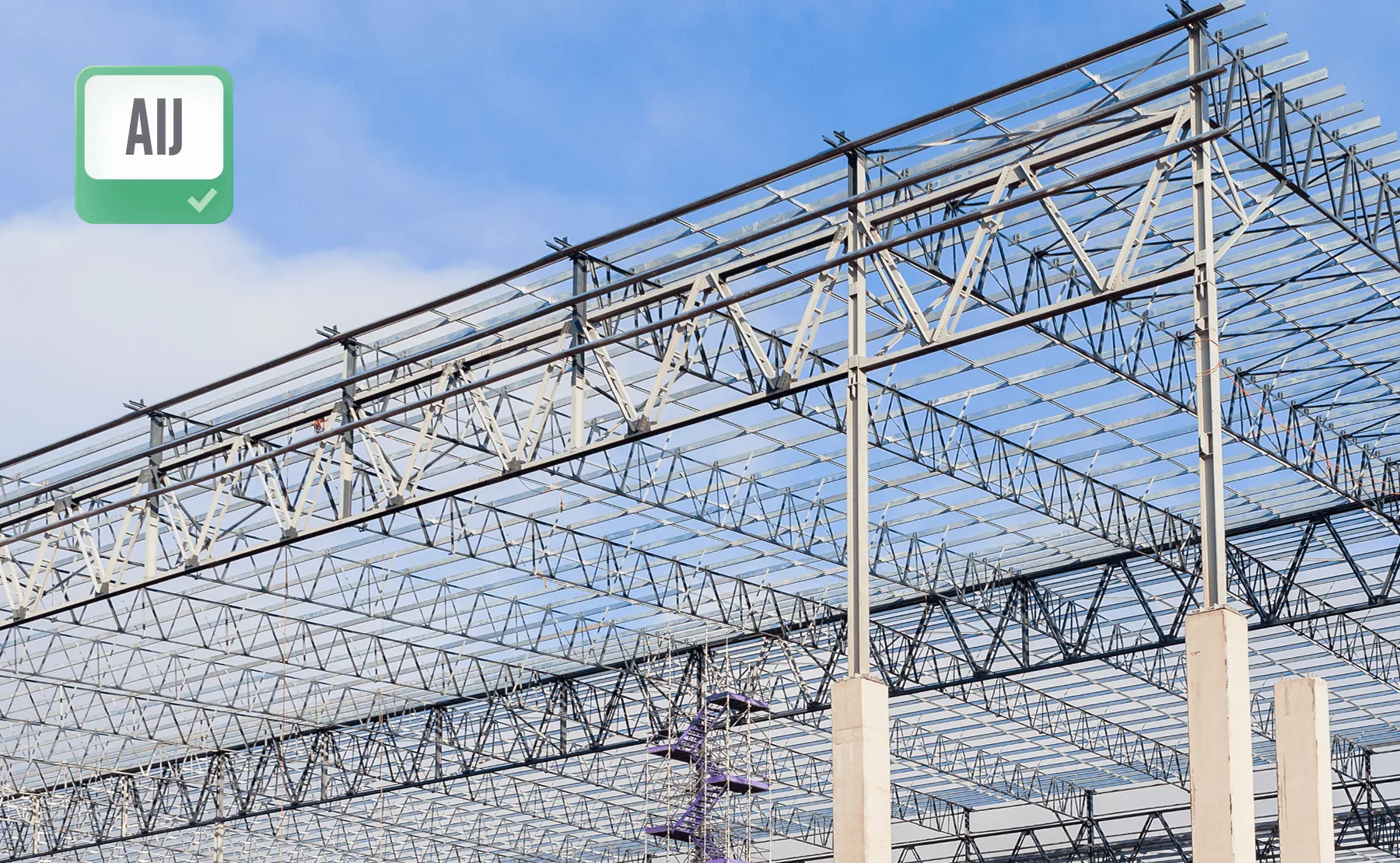Built-in rules from AIJ-ASD 05 (2005 Edition, 2017) for tension, compression, bending, and shear. Set once — verify across all members automatically.
Stress calculations follow unfactored nominal loads and elastic analysis per AIJ guidelines, ensuring clarity and conformity.
Beam Member Finder auto-detects member lengths and cross-sections, saving hours of manual setup.
Get structured output with all limit state evaluations and section checks, formatted for internal or regulatory review.

The Architectural Institute of Japan (AIJ) standard for steel structures — officially titled Design Standard for Steel Structures Based on Allowable Stress Concept — defines the foundational rules for stress-based verification of structural steel components.
Originally influenced by the AISC standards from the 1960s, AIJ-ASD 05 uses unfactored loads and elastic analysis to check member strength under normal and seismic conditions. It supports both rolled and welded sections.
This standard is mandatory for moderate earthquake loads and commonly used for buildings, industrial frames, and other steel structures throughout Japan.
SDC Verifier implements full beam member checks for common shapes: I-beams, channels, T-sections, tubes, and solid bars — with support for slenderness ratio checks, net section reductions, and material strength assumptions per Chapter 5.1.
ABS Standards
AIJ Standards
AISC Standards
API Standards
ASME Standards
Australian Standards
British Standards
Bureau Veritas Standards
DIN Standards
DNV Standards
DVS Standards
EN 13001 Standard
Eurocode 3
Eurocode 9
F.E.M. 1.001
FKM Standard
IACS Standards
ISO
Lloyd’s Register (LR) Standards
NORSOK Standards
VDI Standards
SDC Verifier supports AIJ-ASD 05, also known as AIJ 2017, based on the 2005 edition of the Design Standard for Steel Structures – Based on Allowable Stress Concept.
Beam member checks are available for I-beams, Channels, Tees, Circular and Rectangular Tubes, and Circular and Rectangular Bars.
Yes. Beam lengths in Y and Z directions are automatically detected using the Beam Member Finder tool. If not recognized, you can trigger recognition manually.
You can either define material yield and tensile strength manually or use the properties assigned to materials in your FEA model. The software ensures that all required material data is present before calculation.
Yes. You can enable an option to consider additional bending due to axial compression and deflection, as defined in the AIJ commentary.
A maximum slenderness ratio can be specified as per Chapter 11.2 of the standard. The software checks if compression members exceed this limit.